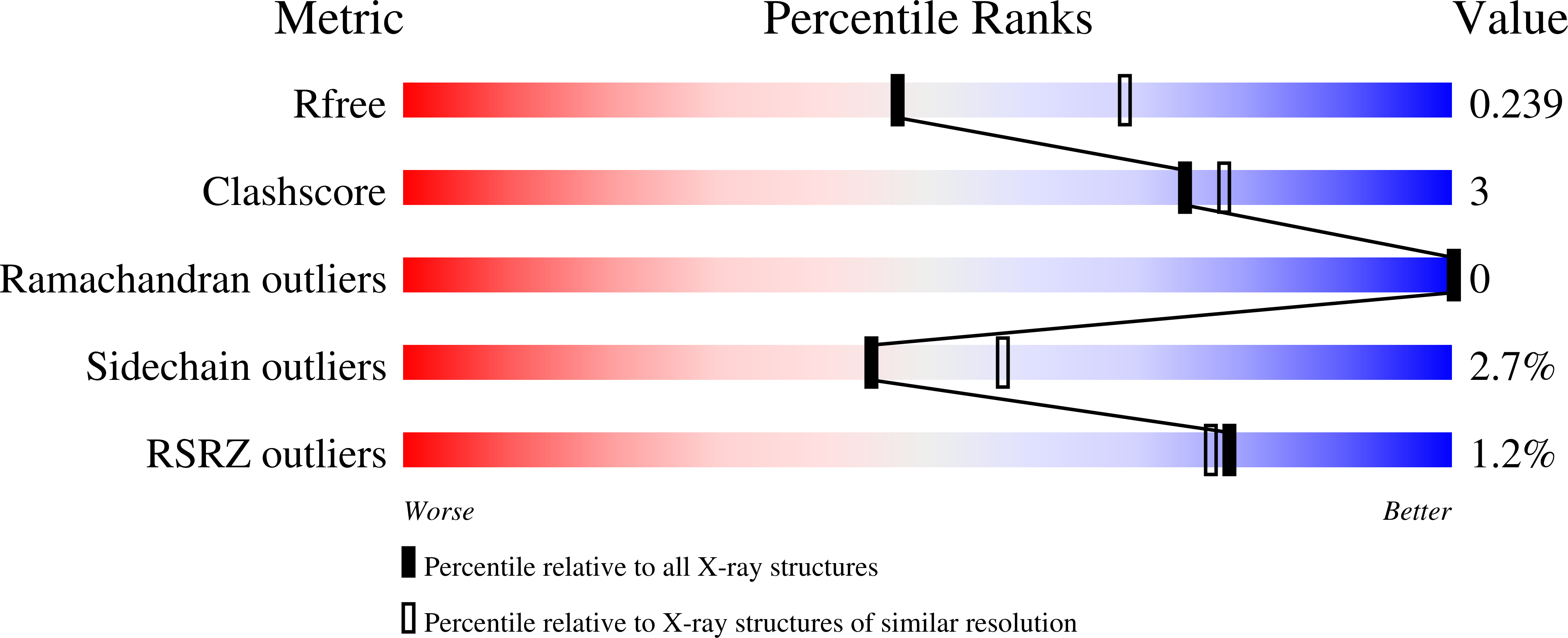
Deposition Date
2020-08-28
Release Date
2021-03-10
Last Version Date
2023-10-18
Entry Detail
PDB ID:
7JXU
Keywords:
Title:
Structure of monobody 32 human MLKL pseudokinase domain complex
Biological Source:
Source Organism:
Homo sapiens (Taxon ID: 9606)
synthetic construct (Taxon ID: 32630)
synthetic construct (Taxon ID: 32630)
Host Organism:
Method Details:
Experimental Method:
Resolution:
2.44 Å
R-Value Free:
0.23
R-Value Work:
0.20
R-Value Observed:
0.20
Space Group:
P 43


